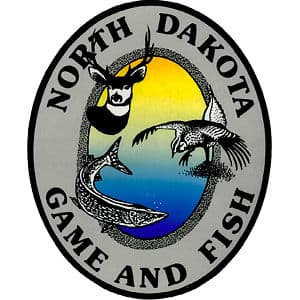North Dakota Game and Fish Summarizes Pheasant Brood Data

North Dakota’s roadside pheasant survey conducted in late July and August suggests much improved production this spring, meaning more young birds added to the population and a better fall population in all areas of the state.
Stan Kohn, upland game management supervisor for the North Dakota Game and Fish Department, said the survey shows total pheasants statewide are up 59 percent from last year. In addition, brood observations were up 65 percent, and the average brood size was up 16 percent. The final summary is the result of 255 runs made along 106 brood routes across North Dakota.
“The increase in numbers from last year is encouraging, but hunters are cautioned that the landscape has changed since last fall,” Kohn said. “A great deal of habitat has been either hayed or converted to cropland as Conservation Reserve Program acres continue to diminish.”
Kohn cited several factors for the increase in brood numbers: last winter provided a much needed relief with minimal winter bird mortality which brought most adult hens into spring in good condition; spring weather was near perfect for upland game production, as most first clutches hatched and brood/chick survival was good; and nesting/brooding habitat was in fair condition this spring.
Statistics from southwestern North Dakota indicate the number of broods was up 37 percent and number of birds observed was up 30 percent from 2011. Observers counted 19 broods and 168 birds per 100 miles. The average brood size was 6.5. “Census numbers indicate this district will have the best pheasant numbers in the state this fall,” Kohn said. “A stronger breeding population this spring coupled with good production should provide hunters with plenty of birds and a good number of young birds this fall.”
Results from the southeast show the number of birds observed was up 134 percent from last year, and the number of broods was up 144 percent. Observers counted nine broods and 88 birds per 100 miles. The average brood size was 6.6. “Even though this district shows a large percentage increase, pheasant numbers were pretty low last year,” Kohn said. “With that said, hunters should see more pheasants than in 2011, especially after row crops are harvested.”
Statistics from the northwest indicated pheasants are up 258 percent from last year, with broods up 268 percent. Observers recorded nine broods and 79 birds per 100 miles. Average brood size was 6.3. “Similar to the southeast, hunters should temper expectations because numbers were low in this district last year,” Kohn said. “There will be some areas where pheasant hunting will be slow.”
The northeast district, generally containing secondary pheasant habitat with much of it lacking good winter cover, showed 1.5 broods and 12 birds per 100 miles. Average brood size was 4.9. Number of birds observed was up 155 percent, and the number of broods recorded was up 275 percent. “Hunters should concentrate their efforts in the southern counties of this district for the best potential to find birds,” Kohn said.
The 2012 regular pheasant season opens Oct. 13 and continues through Jan. 6, 2013. The two-day youth pheasant hunting weekend, when legally licensed residents and nonresidents ages 15 and younger can hunt statewide, is set for Oct. 6-7.

